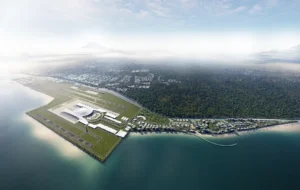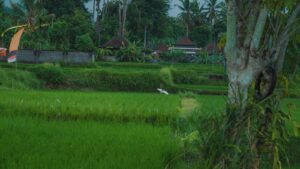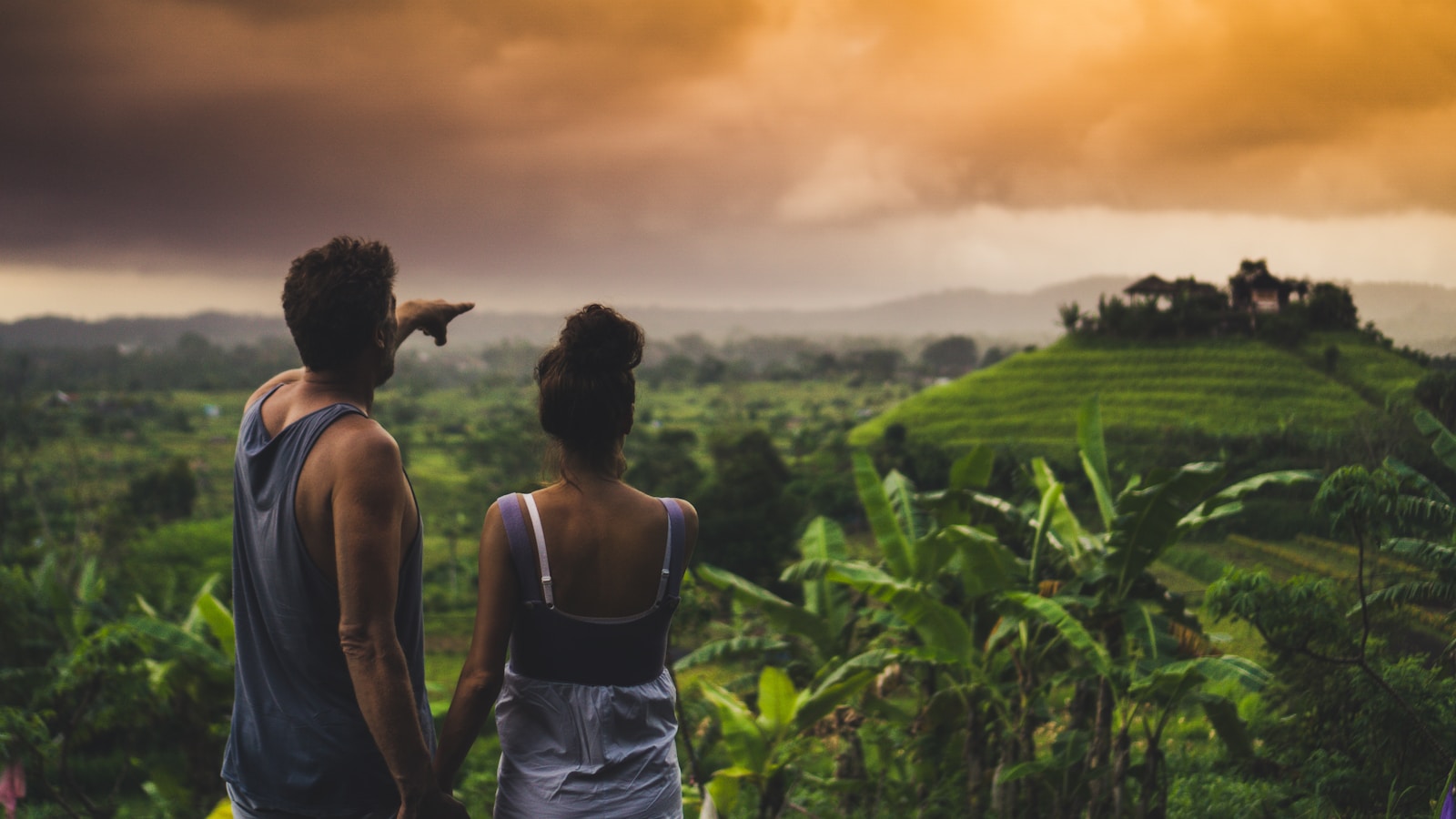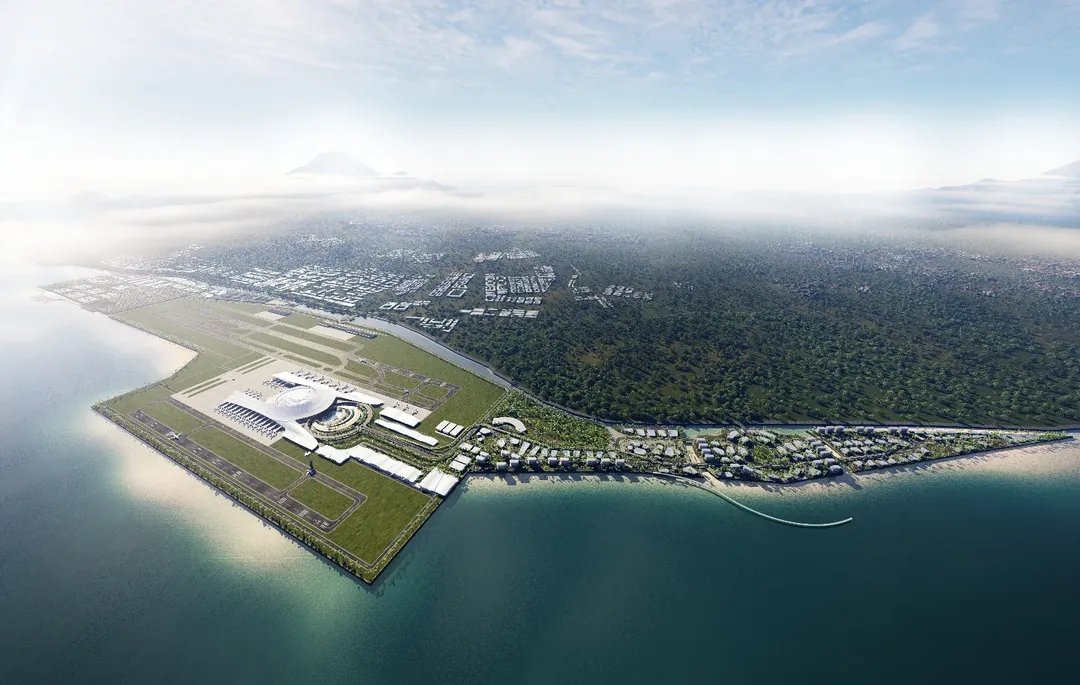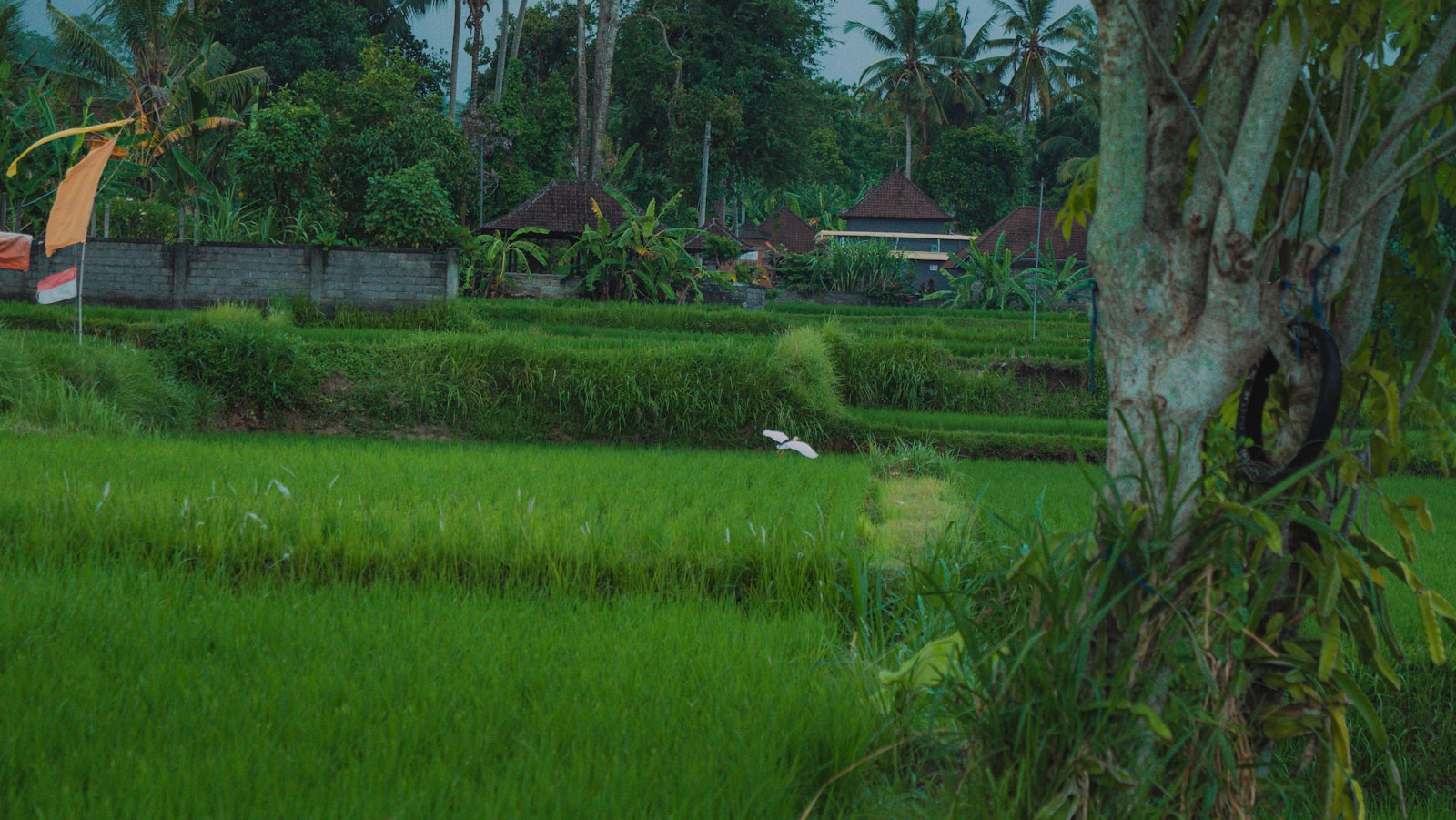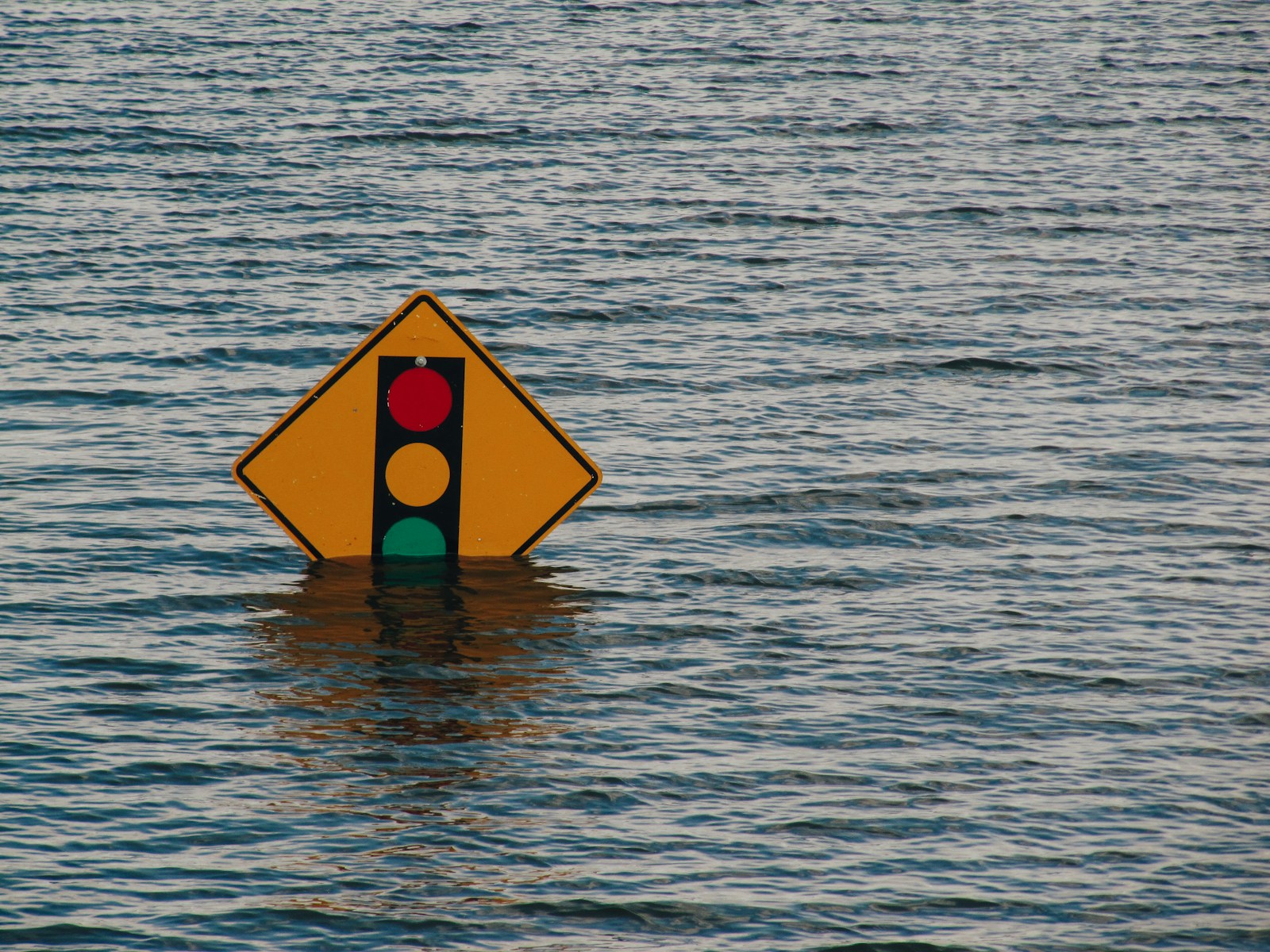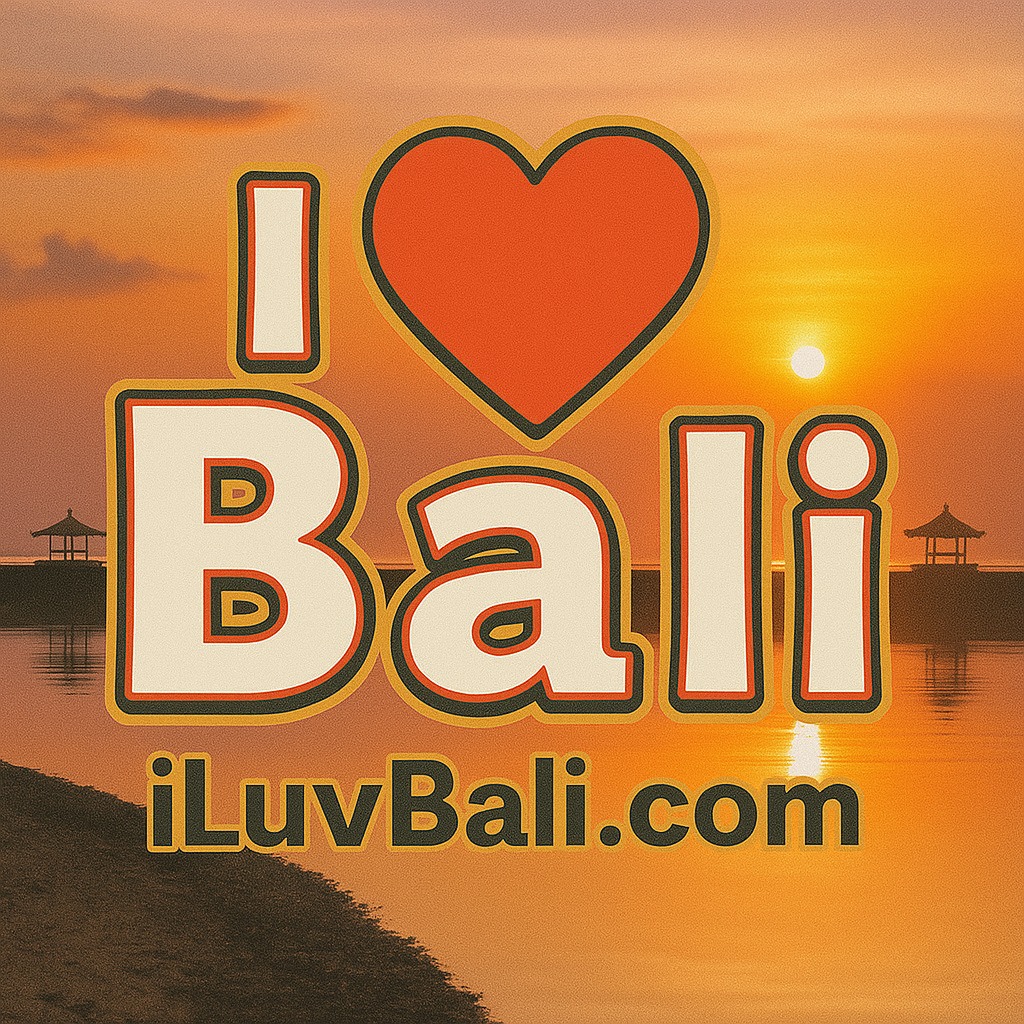Canggu Bali 2025: Why It’s Still the Hottest Spot in 2025 (And What You’re Missing)
In this post: Canggu’s evolution, what draws the crowd, hidden tensions, and how to experience it like a local — not a tourist.
Bali’s Canggu continues to dominate travel wish lists, and for good reason. As one of the fastest-growing hotspots on the island, it blends surf, wellness, café life, nightlife, rice-paddy serenity and digital nomad energy into one irresistible package. Whether you’re chasing sun, surf, culture or connection, Canggu’s layered appeal is hard to resist. This story unpacks why it continues trending, what’s changing behind the scenes, and how you can tap into fresh angles beyond the typical “eat, surf, repeat” narrative.
From Quiet Village to World Stage
Once a quiet fishing village, Canggu has quietly morphed into a power player in Bali’s tourism scene. That shift didn’t happen overnight. In recent years, international arrivals, digital nomads, wellness seekers and investors have all set their sights here.
Canggu’s geography helps too. Stretching along Bali’s south-western coastline, it’s easily accessible from Kuta, Seminyak, and Denpasar, yet still retains pockets of greenery and surf breaks.
You’ll hear it called Bali’s boho capital, digital nomad enclave, surf town, wellness retreat — and it plays all those roles well.
But beneath the gleaming cafés and boutique villas, tension is brewing. The rice paddies are shrinking, water tables are stressed, locals feel squeezed out, and traffic is choking many days.
So while the “dream Bali life” branding is strong, there’s another story — one we’ll explore more deeply below.
What Keeps the Buzz Alive
Surf Culture as Magnet
Canggu remains one of few longboard-friendly surf zones on Bali, with consistent waves and choices for both beginners and seasoned surfers. Many surf schools, gear shops, board rentals and surf camps populate the coastline. Even non-surfers find the scene magnetic — simply watching the surf at sunset is a daily ritual.
Instagrammable Cafés and Health Kitchens
We’re talking smoothie bowls, cold brew, vegan fare, juice bars, and interior-designed spaces begging for photo ops. It’s not just the food — it’s the vibe.
Wellness, Yoga and Holistic Culture
Between surf breaks, you’ve got yoga studios, meditation spaces, wellness workshops, spas, sound healing — the spiritual side of Bali isn’t missing in Canggu.
Coworking and Nomad Infrastructure
Fiber broadband, coworking hubs, long-term villas with work-friendly setups — Canggu is not just a holiday stop; many people live here for weeks or months.
Nightlife, Beach Clubs and Social Energy
Bars, beach clubs, and DJ nights — when the sun dips, the energy shifts, and Canggu becomes a social playground. Old Man’s, The Lawn, Atlas, FINNS — each brings a distinct flavour.
Scenic Contrasts: Beach and Rice Paddies
One minute you’re in a sunlit beach bar, the next meandering through emerald rice fields. That contrast makes for powerful visual and emotional texture.
Cracks in the Shine: What’s Changing
Infrastructure, Congestion, and Traffic Woes
Getting around can be a headache. Jalan Raya Canggu, the main road, is notorious for gridlock. Many riders use the “Canggu shortcut” or narrow lanes to avoid jams — but those roads are crowded and risky.
A viral clip recently branded Bali (and indirectly Canggu) as “hellhole traffic,” prompting some travellers to reconsider bookings.
Land Use, Rice Paddies, and Environmental Stress
The “green belt” ideal has been under pressure. Many rice fields have been converted into villas, resorts, cafés and other developments. Water usage is heavy — many properties tap deep wells, risking salt intrusion and land subsidence.
Bali’s broader transformation is stark when you compare historical satellite imagery: scenic coastlines, wetlands and farmland have been replaced by villas, resorts and built-up zones.
Social and Cultural Tensions
Many locals feel disconnected from the boom. Rising property prices, cost of living, resource demands, and cultural commodification — they’re seeing their traditional village change fast.
Cultural rituals, ceremonies and daily life can become performances or tourist “attractions,” which dilutes authenticity.
Sustainability Experiments and New Approaches
In response, there are moves toward smarter tourism. For example, a beach-cleaning robot (BeBot) has been trialled on beaches in Canggu to combat plastic pollution and litter buildup.
There’s also talk of better planning, stricter building rules, water regulation, and strategies to include local voices. But change is slow, and momentum often tilts toward development.
Canggu Bali 2025 the Invisible Canggu — The Day-to-Day Pulse Beneath the Surf Hype
Rather than just “what to do in Canggu,” this is about what you absorb when you live it — how locals navigate daily life, where authenticity still brews, and how to travel with more nuance.
Dawn Life and Early Routines
Wake before sunrise, and you’ll find locals doing morning walks, offerings, village rituals, or harvesting rice in the remaining paddies. Coco vendors pedal through, temple bells echo. These rhythms are less sexy on Instagram, but they ground Canggu’s soul.
Between the Lines of Cafés
Tucked behind the trendy facades you’ll glimpse the staff’s commute via scooters, local food stalls serving breakfast, kids heading off to school, and labourers working backyards of villas. Chatting with staff in cafés or restaurants reveals balance: maintaining tradition while adapting to a booming economy.
Navigating the Gaps
You’ll notice how people dodge traffic — side lanes, shortcuts, motorbike-only routes. You’ll ride behind locals who know every crack in the road. You’ll see deliveries by scooter during rush hour, garbage pickers, and street hawkers weaving through crowds. These everyday motions remind you: this place is lived, not staged.
Behind the Glitz: Community Pockets
There are rural hamlets, temples not on maps, local warungs (food stalls) where meals cost a fraction of a beach club dish, and local markets where fabrics, offerings and produce change hands. These are the veins of the real Canggu.
Tipping Your Time Differently
Instead of hitting every iconic spot, try simply lingering — stay in a homestay, walk rural lanes, cook with locals, join a community activity, visit a ceremony. That kind of slowness often reveals more than ticking boxes.
Getting the Most from Your Stay Without Feeling Like a Tourist in Canggu Bali 2025
- Stay in different zones — not just Batu Bolong or Berawa, but Pererenan, Seseh, or outer fringes to see contrast
- Rent a scooter (if comfortable) to discover hidden roads and local life
- Walk early through rice fields before crowds arrive
- Eat at neighbourhood warungs and support local vendors
- Visit temples respectfully — dress appropriately, be quiet, observe
- Join a rice-field walk or community tour led by locals
- Balance beach club days with quiet mornings under trees
- Check water and waste practices of your accommodation
- Interact with locals: ask about their stories, changes, and traditions
- Be flexible: sometimes wandering uncovers the best gems
Why Canggu Version 2.0 Will Matter
Canggu is no longer just a trendy beach village — it’s becoming a microcosm of Bali’s future. How it balances tourism and sustainability, local voice and investor interest, culture and commerce will be a test case.
If handled thoughtfully, Canggu could lead in regenerative tourism: integrating environment, community, and infrastructure in equilibrium. If unchecked, it risks becoming a postcard-perfect shell.
Your role as a visitor matters: where you stay, eat, move, and interact — even small choices echo in this ecosystem.
Final Thoughts
Canggu is not perfect. It’s messy, evolving, complex. But that’s what makes it compelling. It offers sun and surf, but also tension and redemption. If you approach it with curiosity and care, rather than checklist mode, Canggu Bali 2025 may surprise you — not just with its beauty, but with its heart.




